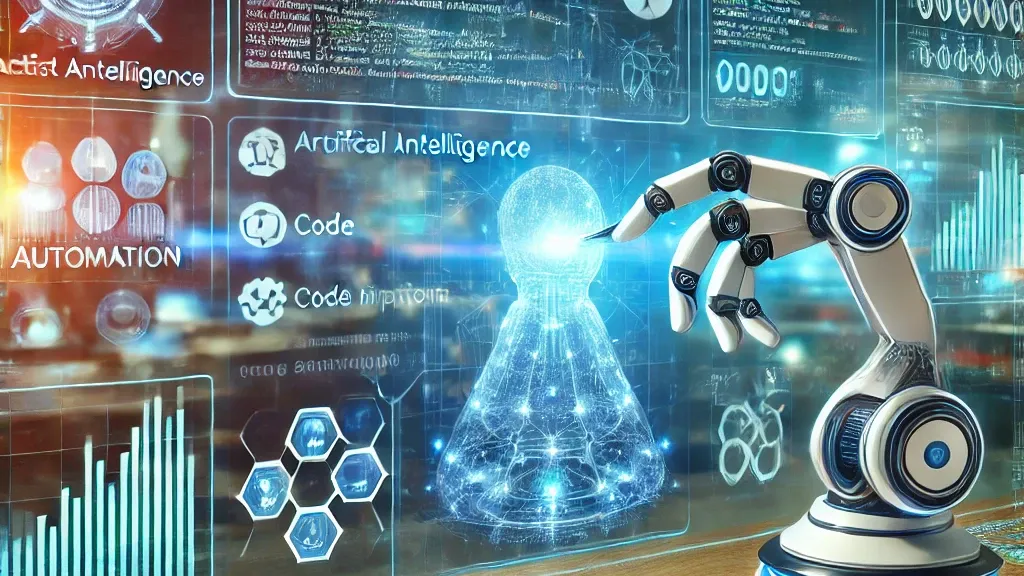In today’s fast-paced technological landscape, the integration of AI and Robotic Process Automation in testing has garnered significant attention. These advancements are transforming the way we approach software testing, making processes more efficient and effective. Understanding these technologies is crucial for industry QA professionals who aim to stay ahead in their field.

Introduction to AI and Robotic Process Automation
Artificial Intelligence (AI) and Robotic Process Automation (RPA) have emerged as game-changers in the realm of software testing. While AI focuses on simulating human intelligence, RPA deals with automating repetitive tasks. Together, they create a potent combination that enhances testing capabilities.
The Role of AI in Software Testing
AI in testing involves using machine learning algorithms to predict potential defects and optimize test coverage. It enables testers to identify areas that require more attention, ensuring a more robust software product. AI-driven defect triage can streamline the process significantly.
Benefits of AI in Testing
- Increased Accuracy: AI reduces human error, ensuring more accurate test results.
- Enhanced Efficiency: AI tools can execute numerous tests simultaneously, saving time.
- Predictive Analytics: AI can foresee future defects, allowing preemptive measures.
Exploring Robotic Process Automation
RPA involves using bots to automate mundane, repetitive tasks. In testing, RPA can handle data entry, regression testing, and more, freeing up human testers to focus on complex tasks. This technology is crucial for achieving intelligent automation for QA.
Advantages of RPA in Testing
- Cost-Effective: Reduces the need for manual labor, cutting down costs.
- Consistency: Ensures the same process is followed every time, maintaining quality.
- Scalability: Easily scales up or down based on testing needs.
Combining AI and RPA for Optimal Results
When AI and RPA are integrated, they offer a comprehensive solution for testing challenges. This combination allows for smarter test scheduling and better code review automation. Companies can achieve unparalleled efficiency and accuracy.
Real-World Applications
Many companies are already reaping the benefits of AI and RPA. For instance, large enterprises have implemented smart QA for enterprise software, resulting in faster releases and improved software quality.
Challenges and Considerations
While the benefits are clear, integrating AI and RPA into testing isn’t without challenges. It’s essential to consider factors such as initial setup costs, the learning curve for employees, and ongoing maintenance.
Overcoming Implementation Barriers
To overcome these challenges, companies should invest in training and partner with experienced vendors. This approach ensures a smooth transition and maximizes the benefits of AI and RPA.
The Future of AI and RPA in Testing
The future holds immense potential for AI and RPA. As these technologies evolve, they’ll continue to reshape the testing landscape, offering even more advanced solutions to testing challenges. Experts predict a significant rise in AI-driven testing tools in the coming years.
Staying Ahead of the Curve
For industry QA professionals, staying updated with the latest advancements is crucial. Engaging in continuous learning and adapting to new tools will ensure they remain competitive in the ever-evolving tech landscape.
Conclusion
In conclusion, the integration of AI and Robotic Process Automation in testing is revolutionizing the industry. By embracing these technologies, companies can enhance their testing processes, reduce costs, and improve software quality. The future is bright, and the possibilities are endless.

FAQs
What is the main benefit of AI in testing?
AI in testing significantly increases accuracy and efficiency, reducing the likelihood of human error and enabling faster test execution.
How does RPA differ from traditional automation?
RPA differs from traditional automation by using bots to perform repetitive tasks, allowing for greater consistency and scalability.
Are there any challenges in implementing AI and RPA?
Yes, challenges include setup costs, the learning curve for staff, and ongoing maintenance. However, these can be mitigated with proper planning and training.
For more insights on AI in software testing, you can visit Parasoft’s blog.
To explore more about AI-driven solutions, check out AI for code review and Intelligent QA automation.
This article contains affiliate links. We may earn a commission at no extra cost to you.

